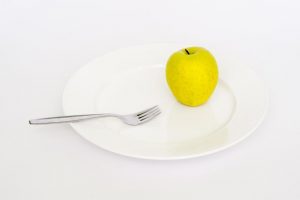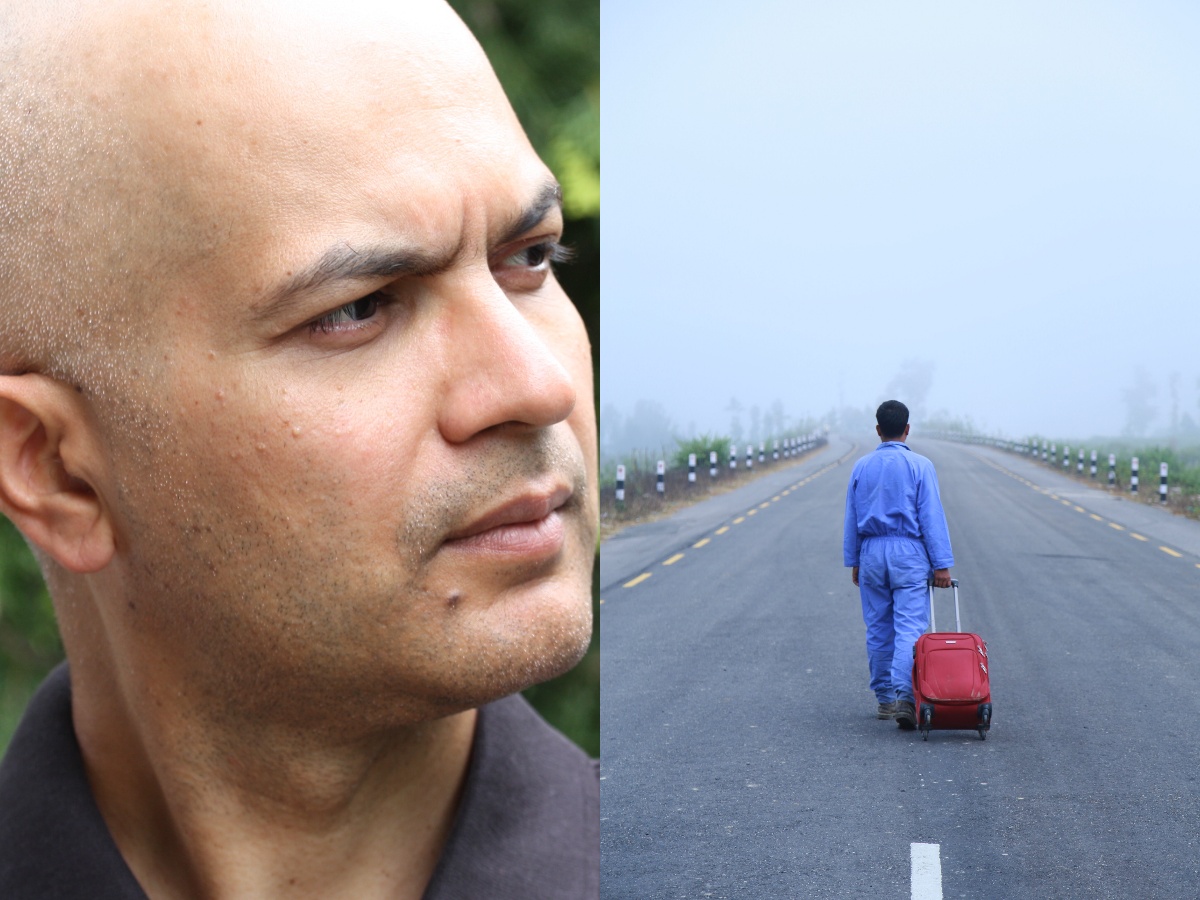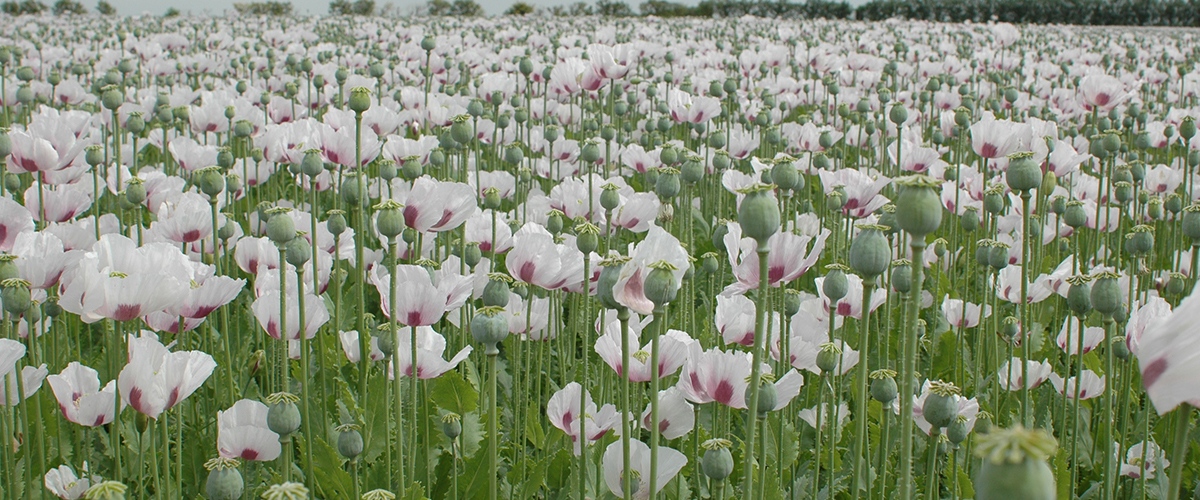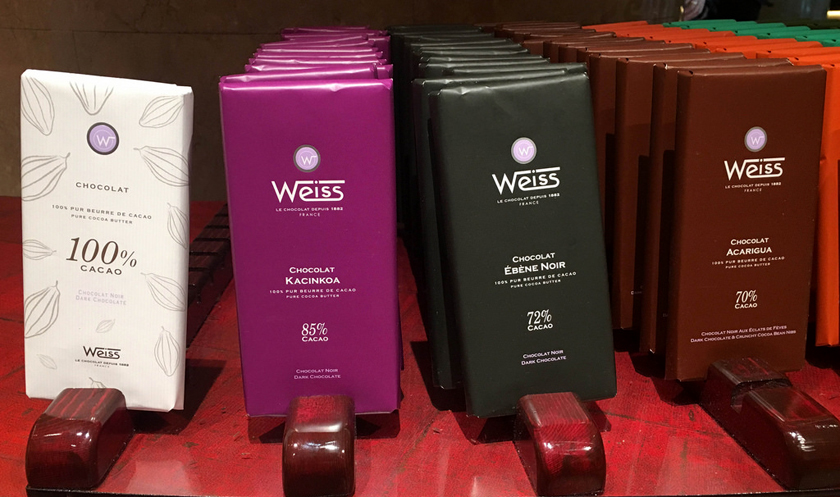
There is nothing like sinking your teeth into a chocolate bar, taking a bite, rolling it in your mouth and letting its silky-smooth rich taste melt in your tongue—it’s a sensory delight par excellence—a total bliss!
It’s no secret that everyone loves chocolates—no matter, old or young. And it goes without saying that kids hanker for them and would not mind trading fisticuffs with friends or family over them. The truth is, the whole world loves it.
But did you know that eating chocolates can be beneficial to your health? I did not. I always thought they were high in calories, saturated with fat and sugar, and overall very bad for our health.
Wrong! Some chocolates are good, too! Still very skeptical about it, my research, however, led me to a new finding that there are chocolates that really pack nutrient values. Dark chocolate is one such variety, having at least 70 per cent or more of cocoa, less sugar or sugar-free but free of dairy (milk) and gluten.
When chocolate is mentioned, a name pops up—Cadbury’s, named after John Cadbury (1801-1889). But the first ever chocolate bar was introduced by the Bristol-based company, Fry & Son in 1847.
Let’s take a look at a brief ‘bean-to-bar’ history of chocolates. Chocolate bars are made from cocoa which comes from the cacao beans that grow on cacao (theobroma cacao) trees, meaning ‘food of the gods’ in Latin. The cacao trees bear fruits or pods that are oval in shape and when ripe turn a vibrant yellow/orange in color. The pod bears seeds which are called the cacao beans. After being fermented, dried and roasted, the beans get the name of cocoa beans.
Next the beans go for ‘winnowing’–they are shelled, and the meat inside called ‘nibs’ is extracted. The nibs are then finely crushed and milled into a thin paste called ‘chocolate liquor’ or ‘cocoa mass’, out of which come two things: cocoa powder and cocoa butter.
It is at this stage the chocolate maker decides what type of chocolate to produce. Dark chocolate requires only cocoa mass, cocoa butter, and low quantity of sugar. If he adds milk powder, then it becomes milk chocolate.
White chocolate is made with cocoa butter, sugar, and milk powder (but no cocoa mass). So, the name ‘white chocolate’ is a misnomer and is not a chocolate in the true sense of the word.
The cocoa mass then undergoes further processing called ‘conching’. It is then tempered and finally molded. After donning different attractive wrappers, the end-product—the chocolates—are ready for the market.
The main cocoa-producing countries of the world are: the Dominican Republic, Peru, Cote d’Ivoire (Ivory Coast), Ghana, Nigeria, Mexico, Colombia, Madagascar, and Indonesia.
The bulk of chocolate-loving countries include: Switzerland, Germany, Great Britain, Belgium, Australia, and of course, the United States of America.
Better get down to the brass tacks now. Let us consider the goodness of eating chocolates—of course, the dark ones with 70 per cent cocoa content and above.
Dark chocolates with labels that read ‘organic’, ‘intense dark’, or ‘artisan’ chocolate are generally carried by chocolates with higher quality. The higher the cocoa content, the better it is.
In the recent years, dark chocolate has been identified as a potential ‘super food’. Some have even named it ‘health chocolate’. This has led to a substantial rise in the demand for it in the global market.
Research scientists claim that dark quality chocolates are rich in fibre, iron, magnesium, potassium, zinc and selenium. Studies conducted have shown that they are higher in antioxidant, polyphenol and flavanol than some fruits such as blueberries and acai berries.
Shall we now take a look at the many benefits of eating dark chocolate?
1.
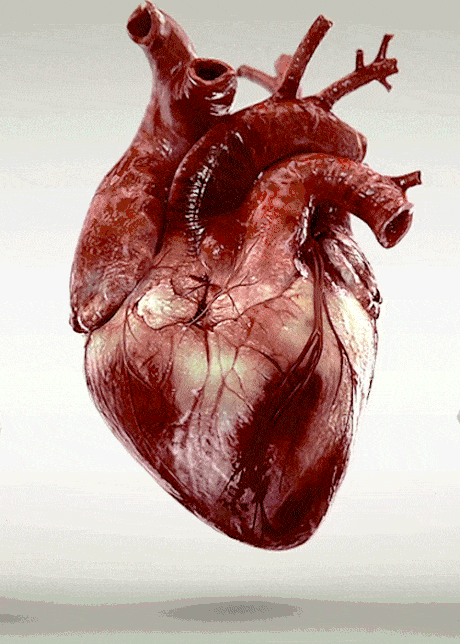
Cardiovascular health
Scientific studies have led to newer findings that good quality dark chocolate contains a bioactive compound called flavonoid which acts as anti-allergic, anti-cancer, antioxidant, anti-inflammatory and anti-viral.
The anti-oxidant properties in dark chocolate helps replace suppleness to our arteries (blood vessels) and curbs the buildup of plaque inside them from getting clogged. This allows a smooth flow of oxygen-rich blood to our heart and other organs of our body.
Clogged arteries can lead to a life-threatening disease called atherosclerosis, which results in heart attack, stroke and even death.
Further clinical trials have led to the discovery that eating of organic dark chocolate reduces levels of LDL (“bad” cholesterol) and raises levels of HDL (“good” cholesterol) potentially lowering the risk of cardiovascular disease.
This is because of high level of antioxidant found in dark chocolates. This discovery was published in a meta-analysis published in the European Journal of Clinical Nutrition.
Good news for hypertensive people! According to a recent Harvard study the “flavonoid” and nitric oxide content in dark unsweetened chocolate cause dilation of the blood vessels. So, eating a small square piece of dark chocolate daily can help lower the blood pressure readings.
2.

Diabetics can benefit
For diabetics, this may be a little hard to swallow. But science-backed researches cannot be refuted. For people with type II diabetes, daily intake of a small square piece of dark unsweetened chocolate boosts insulin sensitivity. It is the compound called “polyphenols” found in cocoa that helps increase insulin sensitivity and control blood sugar level.
The cocoa in dark chocolate contains ‘oligomeric procyanidin’ (a class of nutrients belonging to flavonoid family) that further helps improve glucose tolerance.
The researchers also maintain that eating dark chocolates does help diabetics provided they stick to a healthy lifestyle of eating wholesome food and doing regular exercise.
3.

Good for the brain
The flavanol (a class of flavonoid) found in cocoa help to improve blood flow to the brain and reduce memory loss. Both in old and young alike, eating dark chocolate enhance memory power, reflexes, and mental prowess in solving problems. It slows down mental decline in the elderly people.
Scientists also believe that the antioxidant properties in dark chocolate help reduce the risk of dementia in old age.
4.
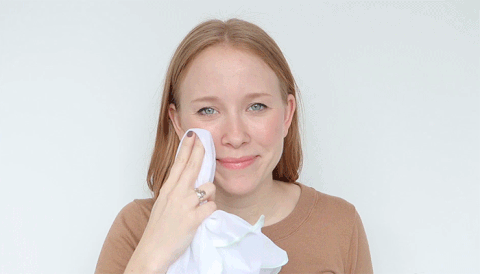
Good for the skin
Scientists also claim that the cocoa in chocolate boosts healthy blood circulation to the fine skin capillaries in the top layer of our skin helping it to absorb more oxygen and nutrients to protect it against dehydration and sun burns.
The mineral contents in dark chocolates such as iron, copper, and zinc, which promote cell growth, protect people from ‘atopic dermatitis’, a common skin disease called eczema.
5.

Reduces stress
Clinical studies have proven that eating dark chocolates are very effective in reducing perceived stress in people, significantly more in females. The cocoa polyphenol in dark chocolates prevents the rise in cortisol produced by the adrenal glands enabling the chocolate eaters to feel less stressed out. A compound called ‘serotonin’ in dark chocolate acts as a natural anti-depressant.
6.
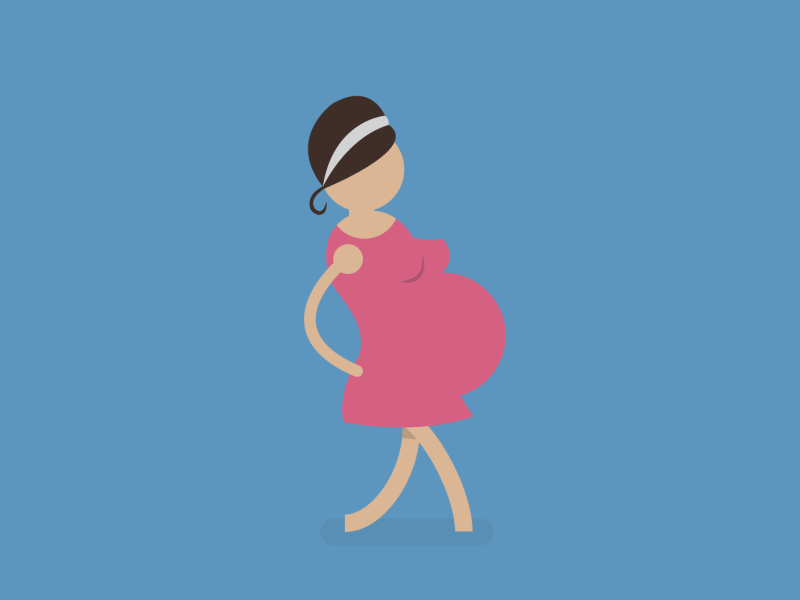
Good for expectant mothers
During pregnancy women are consumed with marked cravings, from spicy food, pickles, and salty treats to chocolates. Scientists have revealed that eating dark chocolate during pregnancy helps boost foetal growth. It also relieves emotional stress and anxiety commonly faced by expectant mothers.
7.
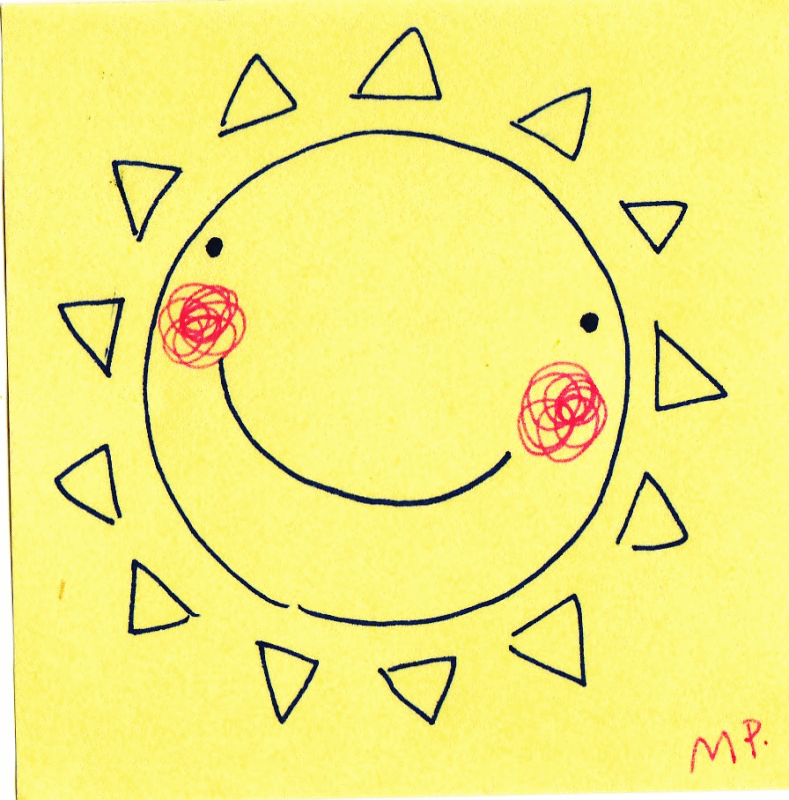
It boosts your mood
Eating dark chocolates triggers the brain to release ‘endorphins’, the chemicals that improves our mood and make us feel good.
To summarise, clinical studies and scientific researches made in the recent times have proven that eating dark chocolate has a host of healthy benefits. This, however, does not mean you throw yourself out on a binge eating. As with many things, we have to keep in mind that moderation is the key or the ‘mantra’.
For all intents and purposes, you no longer have to feel guilty if you indulge your sweet tooth with this bitter-sweet decadent treat every once in awhile. Go for the intense dark ones. Bon appétit!
Singh is a 65-year-old outdoors man, lost in his own little adventures. Interests? It used to be hunting; it stopped during the Maoist insurgency. Then came fishing followed by mountain biking. So, his passions are writing, mountain biking and fishing. Ambition? Ride his mountain bike from Beni, Baglung, to Lo Manthang and Upper Mustang.









